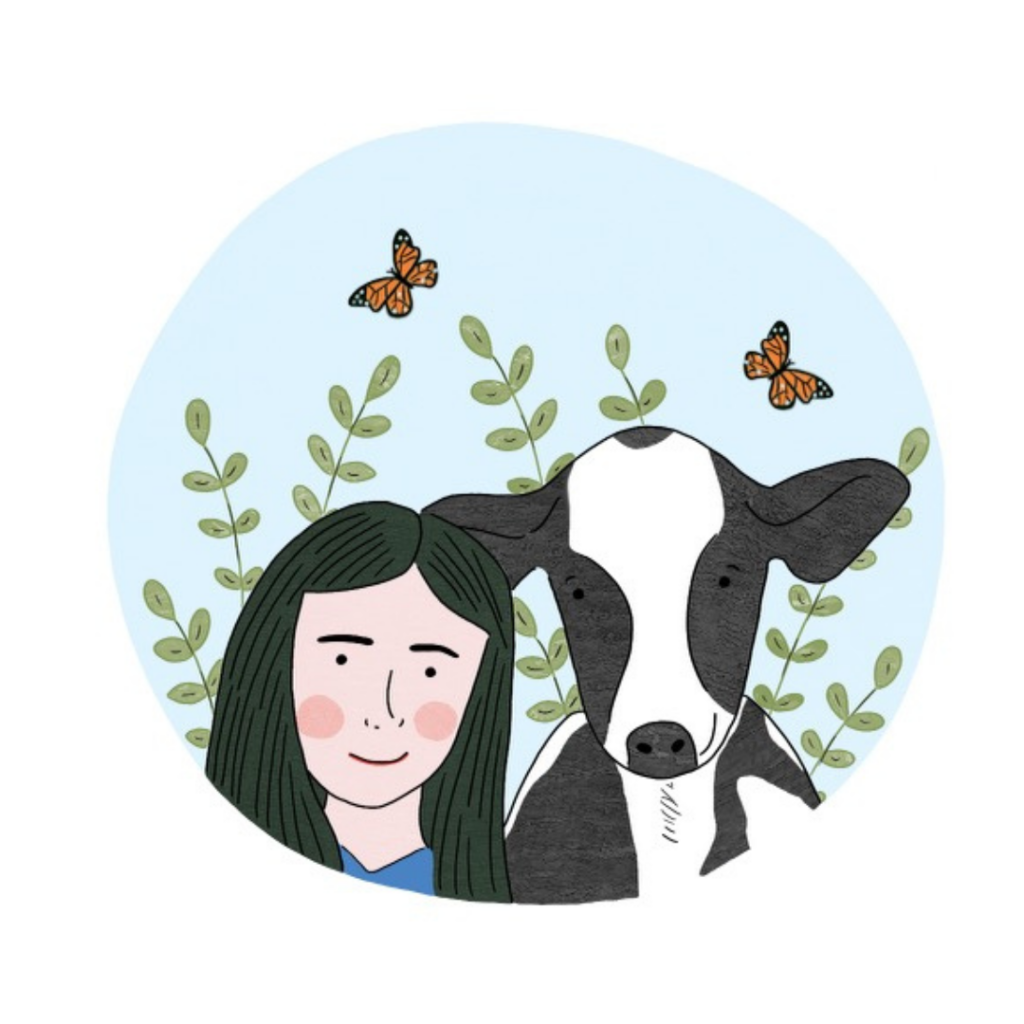
This resource has been fully reviewed and updatedA member of The Open Sanctuary Project’s staff has given this resource a full review and provided updates where necessary. by a member of The Open Sanctuary Project team as of September 7, 2023.
Introduction
Animal sanctuaries offer people a unique opportunity to learn about, engage with, and actively consider the perspectives of nonhuman animals. Whether via onsite or offsite educational visits, they can connect their visitors to farmed animalsA species or specific breed of animal that is raised by humans for the use of their bodies or what comes from their bodies. in a way other learning environments cannot. However, one-time sanctuary visits are not always enough to convince folks to adopt a more animal-friendly lifestyle because they often lack a supportive environment outside of the sanctuary. So, an important question we might want to ask ourselves is, “How can sanctuaries become supportive spaces that provide the kind of community enrichment folks need to maintain an animal-friendly way of life?”.
In this lesson plan, we incorporate gardening as an ongoing tool for sanctuary educators to utilize to encourage participants to continue coming back to visit, learn, participate in, and feel supported by the sanctuary community. The ultimate goals of this lesson are to allow participants to embed themselves in a meaningful relationship with a sanctuary community and to offer them another way to feel empowered to believe they can take effective ameliorative action for farmed animals by creating a community garden that helps enrich the lives of sanctuary residents.
As with every educational program we create, please leave room to edit, modify, and adapt the activities, questions, and materials based on your sanctuary and audience’s specific needs. Built-in flexibility is an important aspect of effective educational design. If this is a follow-up lesson to the first or second part of the early elementary-age sanctuary education program with the same group, it might be helpful to include some of the same residents in this program that the participants met in the first and/or second lesson at your sanctuary. That way, they already have a lot of background knowledge. However, it might also be meaningful to have the group make enrichment treats for residents they have not met before! Either way, the residents will enjoy the treats! Please also check out the introduction to our first early elementary lesson plan for important things to consider as you develop and implement the third early elementary lesson plan into your sanctuary’s programming (i.e. positionalities, language use, modifications for disabilities, common core learning standards, and more).
Below, you will find a form to fill out to receive this lesson plan. This lesson plan is the third part of a multi-part sanctuary education program. It can be used by sanctuary educators and representatives as a stand-alone lesson or as part of a long-term program with Early Elementary Lessons One, Two, and Four.
Effective For Other Species Populations!
While this lesson plan was created with farmed animals in mind, it can easily and effectively be adapted for other species populations!
Download the Lesson Plan
Enter either your organization’s name or your name and email below to download the lesson plan!
We promise not to use your email for any marketing purposes!
Would you prefer to access this lesson plan in a different way? Contact us and let us know!
Sources
How to Build a Raised Wicking Bed | Food Is Free Project
How to Make Seedbombs | Food Is Free Project
How to Grow Delicious Vegetables No Matter Where You Live! | Food Empowerment Project
Basic Seed Ball Recipe | Seed-balls.com
How to Make Seed Balls With Kids | Gardening Know How
How to Tell If a Pallet Is Safe to Use in The Garden | Preparedness Mama








